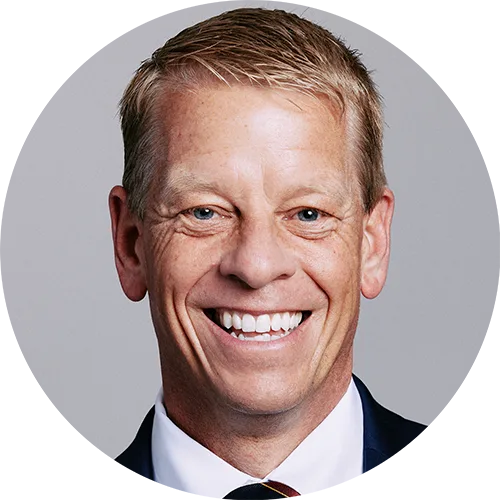5 Cathedrals

The great cathedrals of Europe have witnessed centuries of church history, and each has stories of its own to tell. On this episode of 5 Minutes in Church History, Dr. Stephen Nichols takes us on a journey to five of these iconic structures.
We are going on quite a journey. We’re going to explore five cathedrals in Europe.
We start in Florence at the Santa Maria del Fiore, or the Duomo di Firenze, as the Italians call it. This cathedral was started in 1296. It was finished in 1436. One of the final structures put into place for this cathedral was the famous dome. It was designed and built by Filippo Brunelleschi, who had studied geometry and physics. But, by his own account, he relied on his own intuition for much of it. And it worked; the dome still lasts. It’s made of brick, and it has white ribs and terracotta tiles. It serves as a backdrop for many spy movies, so you’ve probably seen it. The site of this cathedral goes all the way back to a church that was likely dedicated in 393 by Ambrose of Milan.
Let’s keep moving. We now go to Paris and to Notre Dame. In 2019, we saw this on the news often because of the fire. It will take millions of dollars to rebuild, and it will take many years until it is restored. Construction originally began in 1163. It epitomizes the ribbed vault and flying buttress style of cathedrals. It was the site of a temple to Jupiter in the early Roman days, and then it was a church, and then it was a cathedral. In 1793, the time of the French Revolution, it was rededicated—not as a church, but as the Cult of Reason. All of the statues to Mary were replaced by statues of Lady Liberty. It stood that way for many decades, and then along came a novel: Victor Hugo’s The Hunchback of Notre Dame, in 1831. When that novel was published, it drew attention to the cathedral and its restoration.
Let’s travel north and go up the Rhine River to Cologne, Germany. Statistics abound for this cathedral in Cologne. It is the tallest twin spire church in the world. It is the second-tallest church in Europe. And it is the third-tallest church in the world. The twin spires reach 516 feet. Construction began in 1248. It has 185,000 square feet of space. It is a huge building. It is so huge that the allied bombers used those twin spires as a landmark for their bombing raids during World War II. Though it took some hits, the cathedral survived; it stood in a pile of rubble that was the city of Cologne. If you go there today, you can climb all the way up to the top to a viewing platform—if you’re willing to climb 533 stone steps. You can also hear its eleven massive bells. The largest of those bells weighs twenty-four tons.
Now let’s cross the English Channel and go to Westminster Abbey in London. Westminster Abbey has a number of people buried in it and a number of people memorialized in it. Over three thousand people have plaques inside Westminster Abbey. Buried there are Isaac Newton, poet Robert Browning, and kings and queens and princes and princesses. And inside Westminster Abbey, in the Jerusalem Chamber, the Westminster Standards were written in the 1640s.
Finally, we’ll go north to Edinburgh, to St. Giles’ Cathedral. It dates back to 1124, but its glorious moment came in the sixteenth century. It was the seat of the Scottish Reformation. In 1559, John Knox was installed as minister at St. Giles’.
What great stories all of these cathedrals have to tell.
Recent Episodes
Christmas in New England
December 24, 2025|General Church History
A Little Church History of a Middle Colony: The First Great Awakening
December 17, 2025|American Church History
A Little Church History of a Middle Colony: Early Influences
December 10, 2025|American Church History
Gunpowder and a Proclamation
December 3, 2025|Geographical Perspectives
Thanksgiving in Church History
November 26, 2025|American Church History
3 Sermons on the Hallelujah Chorus
November 19, 2025|General Church History
